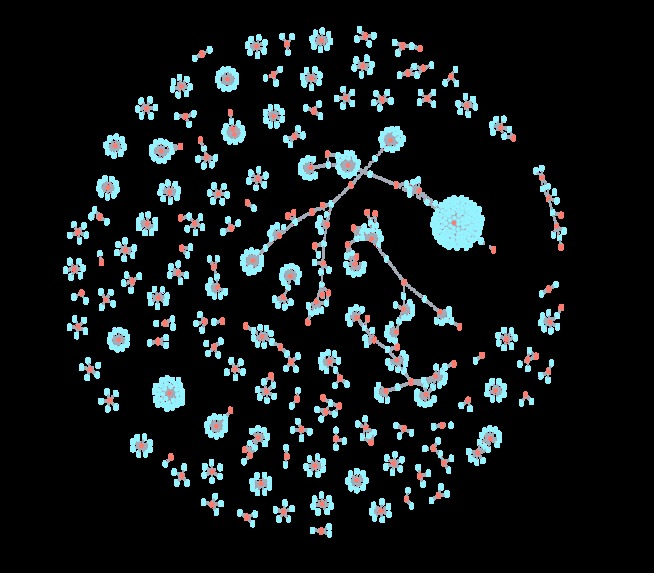PaperLink: Revolutionizing Academic Research with AI
PaperLink is an AI-powered research assistant that helps researchers navigate through academic papers more efficiently. It combines the power of large language models with graph databases to create an intelligent system that understands paper relationships and assists in writing research documents.
The Problem
Researchers often struggle with:
- Finding relevant papers in their field
- Understanding complex relationships between papers
- Writing and formatting academic documents
- Managing citations and references
Our Solution
PaperLink addresses these challenges by:
- Creating a knowledge graph of research papers
- Providing an intelligent writing assistant
- Offering automated citation management
- Generating paper summaries and insights
Technical Architecture
Knowledge Graph Implementation
We use Neo4j to create a comprehensive graph database of research papers. Each paper is a node with properties like title, authors, and abstract. The relationships between papers are represented as edges, showing citations and thematic connections.

Intelligent Writing Assistant
Our online editor provides real-time suggestions and assistance:
# Example of how we integrate with the LLM API
async def get_writing_suggestions(text_context):
response = await openai.Completion.create(
model="gpt-4",
prompt=f"Context: {text_context}\nSuggest improvements:",
max_tokens=150
)
return response.choices[0].text
Key features of the editor:
- Real-time writing suggestions
- Citation formatting
- Grammar and style checking
- Related paper recommendations
Implementation Details
1. Data Collection
- Utilized arXiv API for paper metadata
- Implemented custom scrapers for additional information
- Created a robust pipeline for continuous data updates
2. Graph Database
- Neo4j for storing paper relationships
- Custom Cypher queries for efficient traversal
- Regular updates to maintain freshness
3. AI Integration
- GPT-4 for text analysis and suggestions
- Custom prompt engineering for academic writing
- Integration with citation management systems
4. User Interface
// Example of how we handle real-time suggestions
editor.on('change', debounce(async (change) => {
const context = editor.getContext();
const suggestions = await getSuggestions(context);
displaySuggestions(suggestions);
}, 500));
Future Developments
We plan to enhance PaperLink with:
- More advanced citation analysis
- Integration with reference management tools
- Collaborative writing features
- Enhanced visualization capabilities
Impact
PaperLink has already helped researchers:
- Reduce time spent on literature reviews by 40%
- Improve paper discovery through graph-based recommendations
- Enhance writing quality with AI-powered suggestions
- Streamline the citation management process
Try It Out
You can experience PaperLink by:
- Visiting our GitHub repository
- Checking out our DevPost submission
- Following our installation instructions in the README
Technical Stack
- Frontend: React.js with Draft.js for the editor
- Backend: Python FastAPI
- Database: Neo4j
- AI: OpenAI GPT-4
- APIs: arXiv, CrossRef
Conclusion
PaperLink demonstrates how AI and graph databases can revolutionize academic research. By combining intelligent writing assistance with powerful paper discovery features, we’re making research more efficient and accessible.
References: